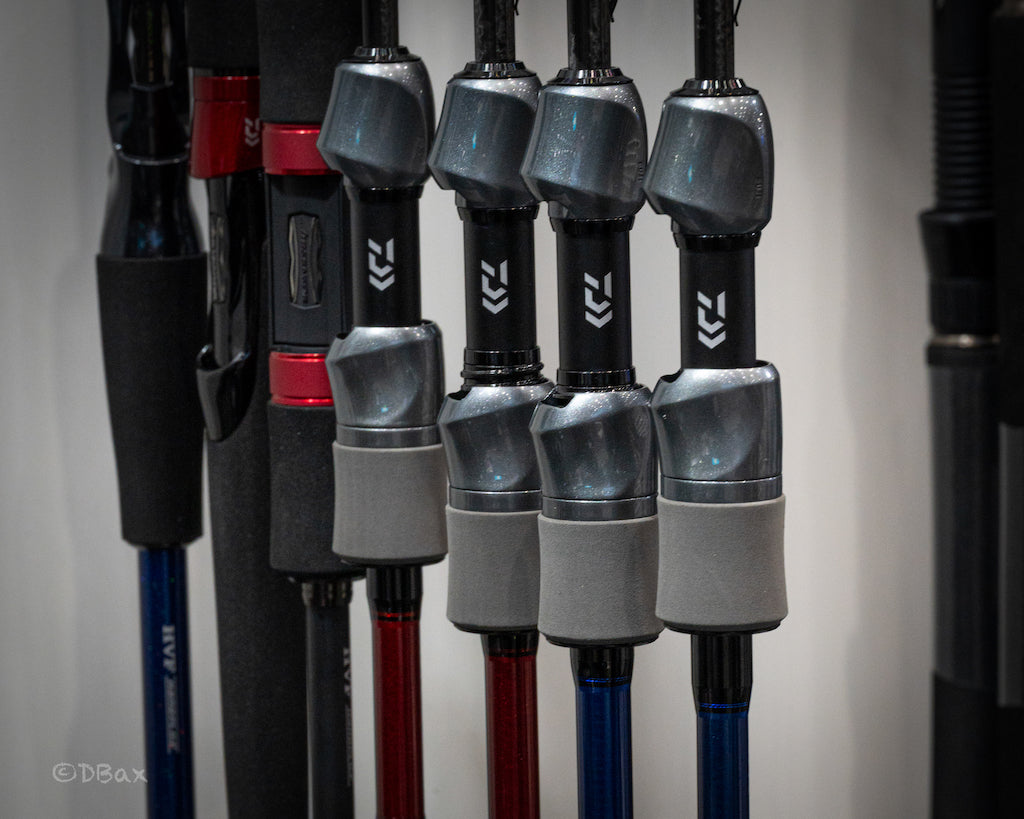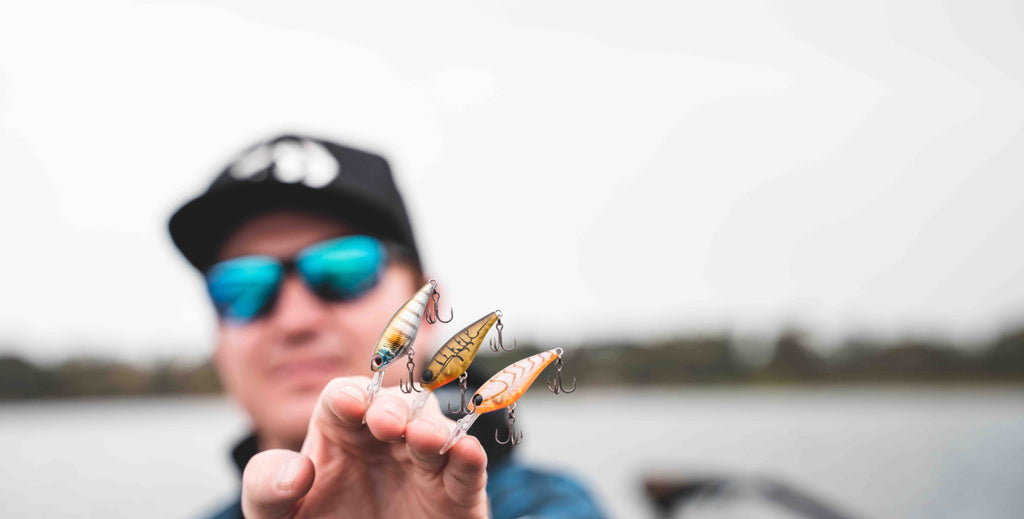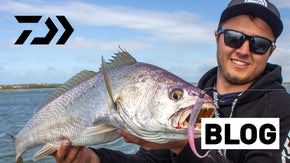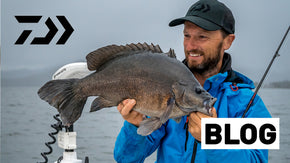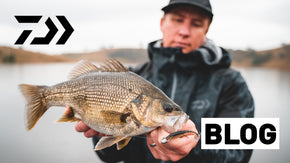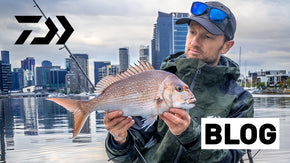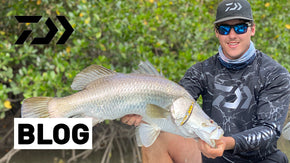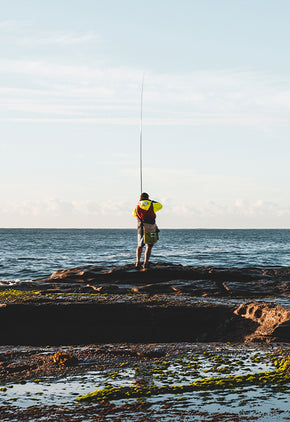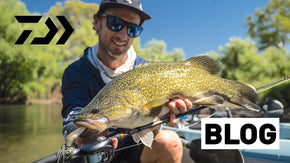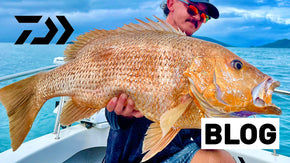Posted 07th July 2023
How to Catch Dirty Water Trout


By Mark Gercovich
Winter down in the southwest of Victoria is usually quite a cold, windy and horrible experience. It can be very difficult to get motivated to go outside and do some fishing. However, thanks to some impressive forethought by fisheries authorities, local anglers can brave the elements and head out to target some quality winter river trout.
For several years certain lower sections of many southwest rivers had remained open for trout fishing due to their sea-run trout classification. This gave anglers the opportunity to target sea run trout in the time of year that was seen as the most productive period to do so, namely winter. True sea-runners though are quite rare, and most of the fish taken are resident river fish that make their way down to the lower reaches during times of high flows. In 2017 Victorian Fisheries released several changes to their trout fishing regulations. Included in these changes was the removal of the trout closed season for the Hopkins, Merri and Moyne Rivers and Mt Emu creek in their entirety. There were several reasons for this.
- It allows for anglers to target the trout in what is the most productive time to fish these waters.
- These southwest coastal rivers are reliant on annual fish stocking, with research showing very little if any natural recruitment, thus reducing the need to “lock up “the rivers to protect spawning fish at the best time to be fishing them.
- These productive waters have a reputation for growing large trout and opening these waters during winter will increase participation and make a strong contribution to the local economy.

For most of the year these rivers have insignificant flow, yet a good supply of food. The trout can spend most of the year cruising around the deep pools and growing more like lake trout would. However, once the winter rains come the river environment changes. The trout begin to behave more like river trout, holding in shallow runs and riffles where fish can hide behind rocks out of the current waiting for food to come past. It allows for an angler to use stream fishing skills and techniques, but with the chance of catching trout more of the proportions expected by lake anglers.
The Hopkins River in particular is crisscrossed by a number of ancient lava flows that act as trout and angler attracting beacons. The Merri’s obstructions come in more man-made forms in the lower reaches, such as bridges and weirs. It also has several shallow rocky run areas that attract fish during the times of high water-flow. Of course, with minimal visibility and plenty of (dirty) water between fish you need to identify likely holding positions and fish them thoroughly. It can often take several casts to a productive looking holding location before the lure passes that position that draws a strike from a fish.

Look for shallow runs and riffles where fish can hold behind rocks, foamy backwaters, anywhere where the fish can lie in ambush out of the main river flow. In fact, most of the time you find the fish right at your feet, hiding next to a rock or an undercut bank. Many fish get caught by simply running the lure close to these structures without even opening the bail arm. For anglers used to a lake fishing scenario and casting long into the distance this can be hard to get your head around. Casting out constantly into the fast-flowing middle of the river is often a waste of effort.
Big browns don’t get big by being stupid, but the dirty water shifts things back a little in the angler’s favor. Big browns normally love to feed under the cover of dark or first and last light. However, the dirty water provides them with cover that gives them the confidence to feed and stay in those shallow feeding areas throughout the day. During these cooler wetter months an angler can spend the day exploring/fishing away and always be in with a chance no matter what hour it is. Of course, the other great thing about fishing the winter months is no snakes. Bashing through long grass and nice sun warmed rocks isn’t something that’s a great idea in this area.
Various species of galaxias minnows and gudgeon, along with small mullet closer to the estuary, combine to provide plenty of accessible feed for large trout. Most techniques for catching these trout locally are based on this piscatorial diet and large minnow style lures are often the weapon of choice.

The Daiwa Presso 95SP not only matches the hatch of a large prey item, but they are able to hold their action in the fast-moving water, where many lures are unable to do this. The Presso 95SP maintains its strong, wide, alluring action even when fished within a fast current. This wide oscillating action has long been recognized as attractive to trout. Shallow running lures like the Presso 95SP are best for this type of fishing as it usually is in the shallow runs that the fish wait to ambush their prey.
Even if you aren't fishing these southwest streams in winter don't discount the Presso 95SP as a producer of big trout. Many people think of small delicate presentations and lures when it comes to trout fishing, but just take a look at the gob on a decent sized one. That’s the mouth of a serious predator. So next time you hit up your local trout water, put some time into throwing a bigger lure, you might be surprised what you come up with.
Due to the factors of dirtier water, largish lures, bigger fish and the fact you are fishing around water diverting obstructions like shallow rocks and snags, means you use heavier leaders than you would usually associate with trout fishing. I find 8 and 10lb J-Thread leaders are my starting point and would go slightly heavier rather than lighter if a change was required.
So put on some warm clothes and brave the winter chills and put yourself in with a chance of a big winter brown.


 Contact Us
Contact Us Blog
Blog About
About
